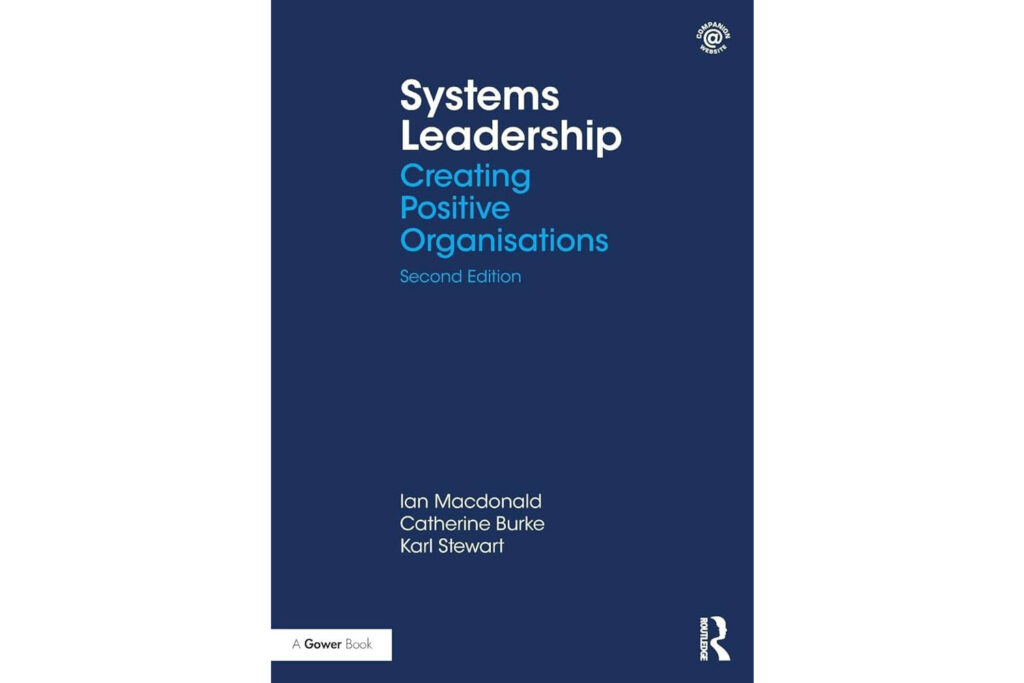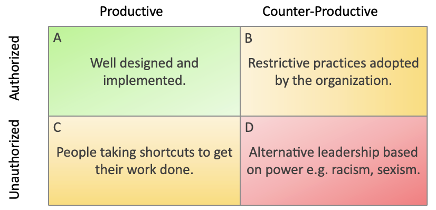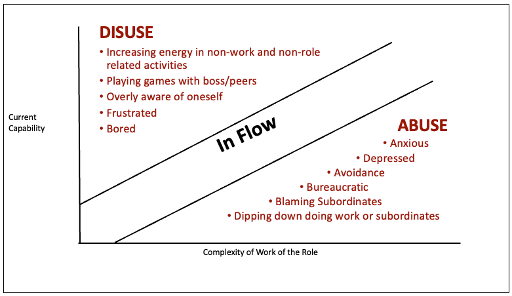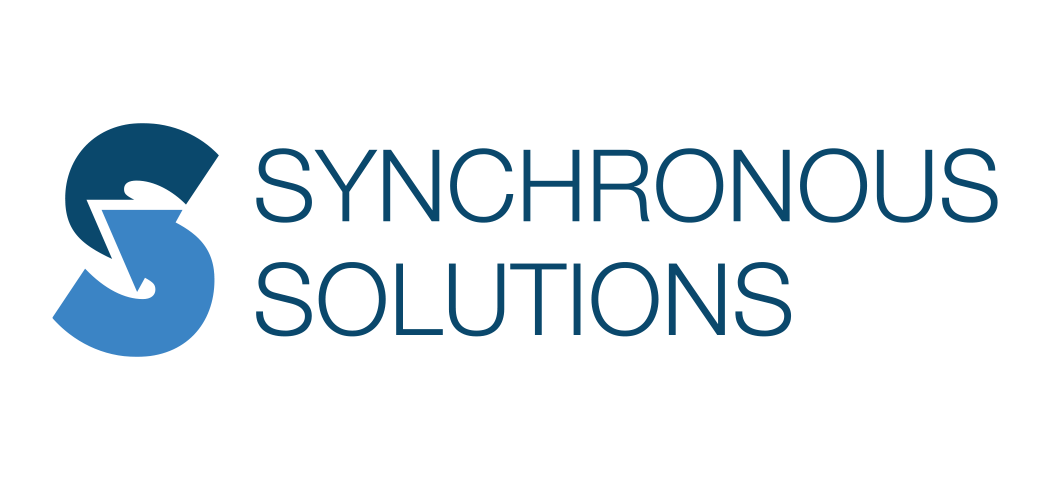
The information below is a compilation of helpful terms to understand as it relates to Systems Leadership.
1. Timespan of Discretion
- Definition: The length of time a person can work effectively without direct supervision and still produce a successful outcome.
- Core concept of SST; defines the natural complexity of a role.
2. Level of Work (LoW)
- Definition: A classification of work based on its inherent complexity and the required timespan of discretion.
- Levels range from:
- Level 1: Theme: Hands on
- Level 2: Theme: Data Collection for Improvement
- Level 3: Theme: Translating Strategy to Systems.
- Level 4: Theme: Integration and Strategic Alignment.
3. Role
- Definition: The set of expected outputs and decisions required of a person in a specific level of work.
- In SST, roles are distinct from people—they are structural.
4. Capability
- Definition: A person’s ability to handle complexity over time.
- Stratified Systems Theory (SST) sees capability as naturally increasing with maturation, and stratified in nature.
Capability = MPA (Mental Processing Ability) + Skills + Values
- MPA: It’s about how complex a problem a person can process and solve independently, and over what timespan.
- Skills: Skills and knowledge are acquired through education and experience.
- Values: A person may have the mental horsepower but not the will or engagement to apply it responsibly.
5. Accountability
- Definition: The obligation to produce a prescribed output, with the authority to make decisions required to do so.
- In Systems Leadership, clarity in accountability is foundational to performance and trust.
6. Authority
- Definition: The legitimate right to make decisions and allocate resources.
- Must be aligned with accountability or the system breaks down.
- Authority without Accountability turns to Tyranny.
- Accountability without Authority Bitterness.
7. Managerial Accountability Hierarchy (MAH)
- Definition: A structured organizational design that aligns roles, capability, and accountability across levels of work.
- Based on the principle that each managerial level adds value by handling more complex problems.
8. Systems Leadership
- Definition: A leadership model that integrates technical systems, social systems, and ethical frameworks to build organizations where everyone can succeed.
- Developed by Ian Macdonald, building on Jaques’ structural theory.
9. The Three Major Systems
- In Systems Leadership, effective organizations align:
- Business Systems – What the organization delivers
- Organizational Systems – Structure, role clarity, authority
- Leadership Systems – Human values, ethical behavior, trust-building
10. Requisite Organization
- Definition: An organization where the structure matches the complexity of the business and the people are placed in roles aligned with their capability.
- Originally Jaques’ term, adopted by Macdonald in “requisite leadership” language.
Learn more about the relationship between Requisite Organization and Stratified Systems Theory here.
11. Trust-Defended Boundaries
- Definition: Psychological and role boundaries that protect accountability and authority, creating a safe space to do one’s work.
- Critical in Macdonald’s model to sustain trust and enable autonomy.
12. Managerial Leadership
- Definition: The role of a manager is to add value to the work of subordinates, not just supervise them.
- This includes setting context, coaching, and removing barriers.
- You don’t need to be able to do the work of your team, but you need to know enough about the work to add real value to the roles and the work.
13. Context Setting
- Definition: Helping individuals understand why their work matters and how it fits into the broader purpose of the organization.
- A key leadership task that aligns purpose and action.
14. Three Value Levers. Quality / Resources (People and $$) / Timing
- Definition: For any given task there are three negotiable levers. Quality, Resources, and Timing. These levers are joined. If one lever increases, the others (at least one) decreases and visa versa.
- Example: If you want a complete delivery, with the highest quality outcome, you will need to invest time and resources. If you are limited on time, you will need more resources or the quality of the delivery will have to be lessened.
15. Work-Level Communication (Complexity of Language)
- Definition: Communication that matches the level of work of the listener.
- Talking to someone at the wrong level (too high or too low) causes misalignment and confusion.
16. Organizational Alignment (Systems Leadership)
- Definition: The condition where purpose, structure, roles, capability, and leadership values are all working together effectively.
- Misalignment is a common cause of dysfunction in organizations.
17. Socio-Technical Systems Design (STS or STSD)
- Definition: an approach to organizational development that emphasizes the joint optimization of both the social(people, relationships, culture) and technical (tools, processes, systems) elements of work.
18. Box(x) System.
- Definition: Systems generally fall in to one of the following categories.
- Box A: Authorized and Productive System (out goal).
- Box B: Authorized, not seen as productive to the users of the systems.
- Box C: Un-Authorized, but seen as productive to the users.
- Box D: Un-Authorized and Non Productive. Abuse. Avoid at all costs.

19. Complexity Distribution within a role.
- Definition: While roles will generally be aligned to a level of complexity, all roles will have a distribution of differing complexity tasks. Below is the general distribution of work complexity by stratum.

20. Out of Flow
- Definition: When an individual’s current capability does not match the complexity of the current role, they are not IN FLOW



